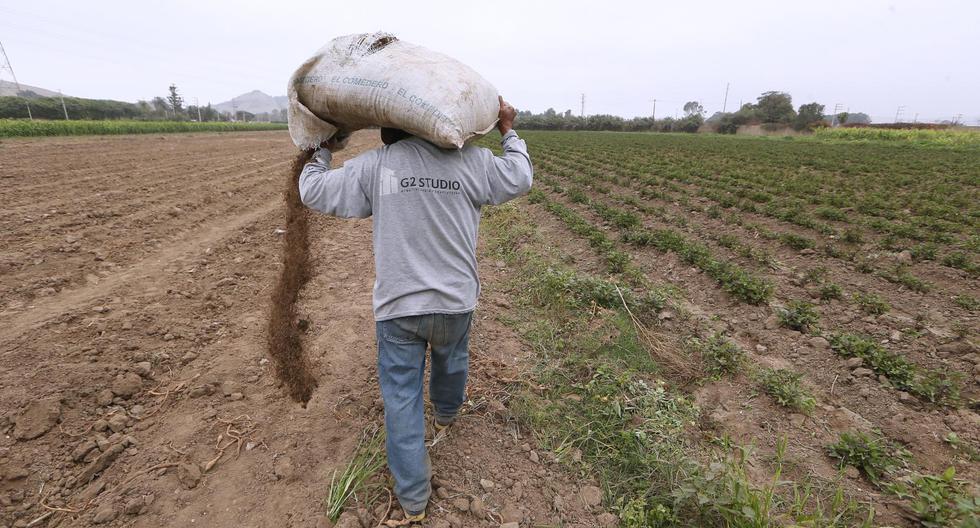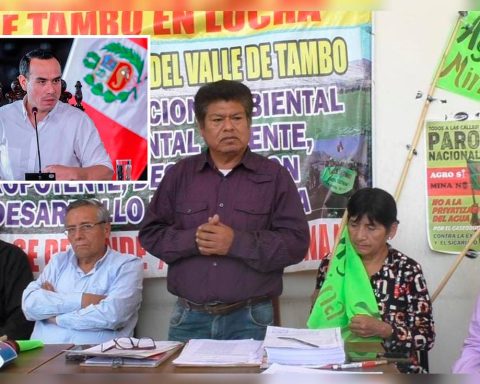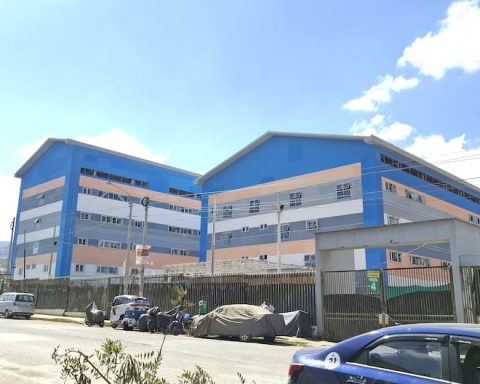46.7% of the small and medium-sized producers in the country use chemical fertilizers, which is equivalent to 1,047,186 people dedicated to the field, according to the report “National and international panorama of the inorganic fertilizers market”, presented by the Ministry of Agrarian Development and Irrigation (Midagri).
The study indicates that the average expenditure allocated for the purchase of fertilizer, at prices in May 2022, reaches S/ 961 per producer at the national level, with the Coastal regions being the ones with the highest average expenditure on fertilizer and the The Sierra regions are the ones with the lowest expenses.
Between August 2021 and May 2022, which corresponds to the last agricultural campaign 2021/2022, the price index accumulated an increase of 77.7%, it adds.
High dependence on inorganic fertilizers
It also refers that Peruvian agriculture has a high dependence on the import of inorganic fertilizers, since 89.5% of the fertilizer consumed in the country is of foreign origin (INEI, 2019).
He points out that the main suppliers of this relevant agricultural input have been Russia, China and the United States; however, in 2022, due to the international situation, there was a change to new suppliers such as Indonesia, Bolivia and Algeria.
Global picture
On the other hand, in relation to the global panorama, the study analyzes the triggers that have contributed to the rise in prices and the destabilization of the fertilizer market, such as the increase in international maritime transport costs, the suspension of fertilizer exports of China and trade sanctions against Russia after the invasion of Ukraine.
This situation not only contributed to the rise in the international prices of these inputs, but also of oil, natural gas and other commodities widely demanded for food production.
It is important to highlight that the increase in international prices is transmitted to the domestic market. In the case of fertilizers, the increase in their price raised the risk of drops in productivity and has a direct impact on the prices of the main crops, which are part of the family basket.
The study concludes that there is no worldwide shortage, due to the role of new global fertilizer suppliers.
However, it forecasts that prices will remain high compared to pre-pandemic prices, at least until the end of 2023, a situation that will continue to hinder access to this input by agricultural producers.
In this sense, it is important to promote modern practices and instruments to increase the efficiency of use and rationalize the application levels of fertilizers such as variable doses, precision agriculture and combination with substitute (organic) fertilizers, the study points out.
He explained that this document, prepared by the Directorate of Economic Studies of the General Directorate of Agrarian Policies, was presented for knowledge and discussion of public opinion, experts and the general public, on this issue of national importance.













